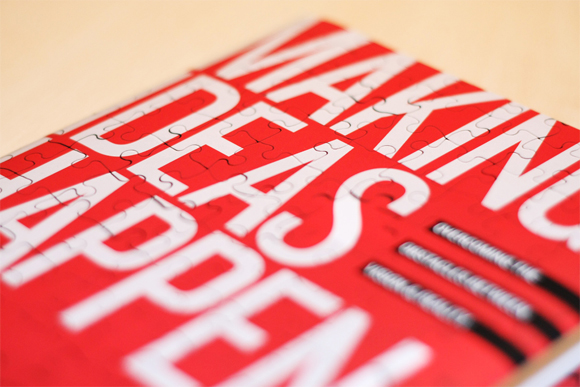Two names: Carnegie and Warren Buffett made me read How to win friends and influence people. The title, which did not impress me at all, made me google the book. That is when Warren Buffett, the global leader in investments turned up. Wikipedia tells me he undertook the Dale Carnegie training course of the same name when he was twenty years old, and the diploma still hangs in his office. My curiosity was piqued. I thought to myself if someone like Buffett subscribes to this, it is definitely something I should read if not for anything else, at least to understand how it could have impacted the life of such a successful person.

I started the book with tremendous skepticism. I dislike self-help books, and quite particularly loathe being taught “leadership”. I read the revised version of How to Win Friends and Influence People. The book was first published in 1936. Ten pages into the book, and I was hooked. I was already telling friends how the book was resonating with me at so many levels, and recommending it to them. My friend and Humphrey colleague from the Philippines has already bought the book too. The book is a quick and easy read, bespattered with humor. Carnegie as the narrator is immensely likeable as he shares professional and personal life advice in a friendly, and conversational manner.
A lot of research was done prior to the writing of the book (fifteen years of experience and research), and the book does bear testament to the hard work put in. Names and examples from eons ago to current times appear throughout the book to corroborate Carnegie’s arguments giving them incredible weight. He does make a lavish example of my favorite American President Abraham Lincoln, and I confess this was my Achilles’ heel. I can imagine several others in my cohort finding their own Achilles’ heel in the book too. In fact, I could pull out a quote from the book for the eight other Humphrey Fellows as if it was tailor-made for them.
I am amazed at how relevant the book remains although it was written a century ago. I am aware that the book is revised periodically to replace real-life examples so as to keep it relevant, but the focus on human relations does not change.
Research done a few years ago under the auspices of the Carnegie Foundation for the Advancement of Teaching uncovered a most important and significant fact- a fact later confirmed by additional studies made at the Carnegie Institute of Technology. These investigations revealed that even in such technical lines as engineering, about 15 percent of one’s financial success is due to one’s technical knowledge and about 85 percent is due to skill in human engineering- to personality and the ability to lead people.
– How to win friends and influence people, Dale Carnegie
Carnegie uses history to point out how one main human trait has never changed, and has remained the biggest motivator for the species. From B.C till today, it has been the human desire to be important. He illustrates this in great detail drawing on examples from ancient Greek philosophers to Charles Schwab- one of America’s first millionaires, to an ordinary bank clerk.
I can now say that I understand and appreciate the full force of Abe Lincoln’s quote on making friends out of enemies after having read Carnegie’s book.

Be prepared to find the book a bit simplistic and even pedantic at times, but overall it’s a winner for anyone wanting to do better in life, and to appreciate being born human.
One other thing I discovered after the book is that the only connection Dale Cargenie had to the famous cultural Carnegies of America is his last name, which he adopted after moving into his office in the Carnegie Hall building. Carnegie’s own story is a typical rags to riches one, but one cannot not appreciate and laud his achievements as being unique. The Dale Carnegie Course in Effective Speaking and Human Relations has reached 90 countries, and trained more than eight million people since its inception in 1912.


